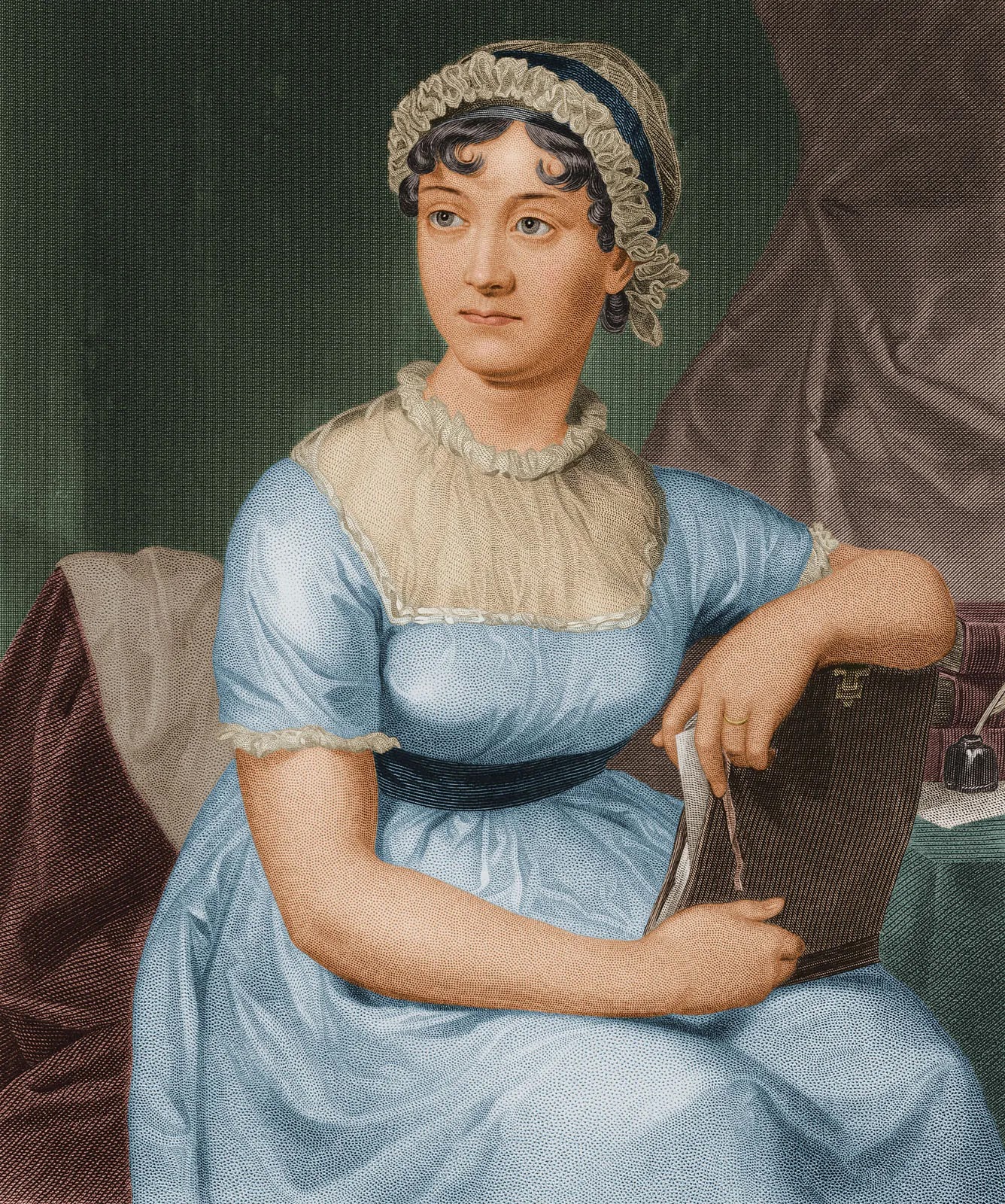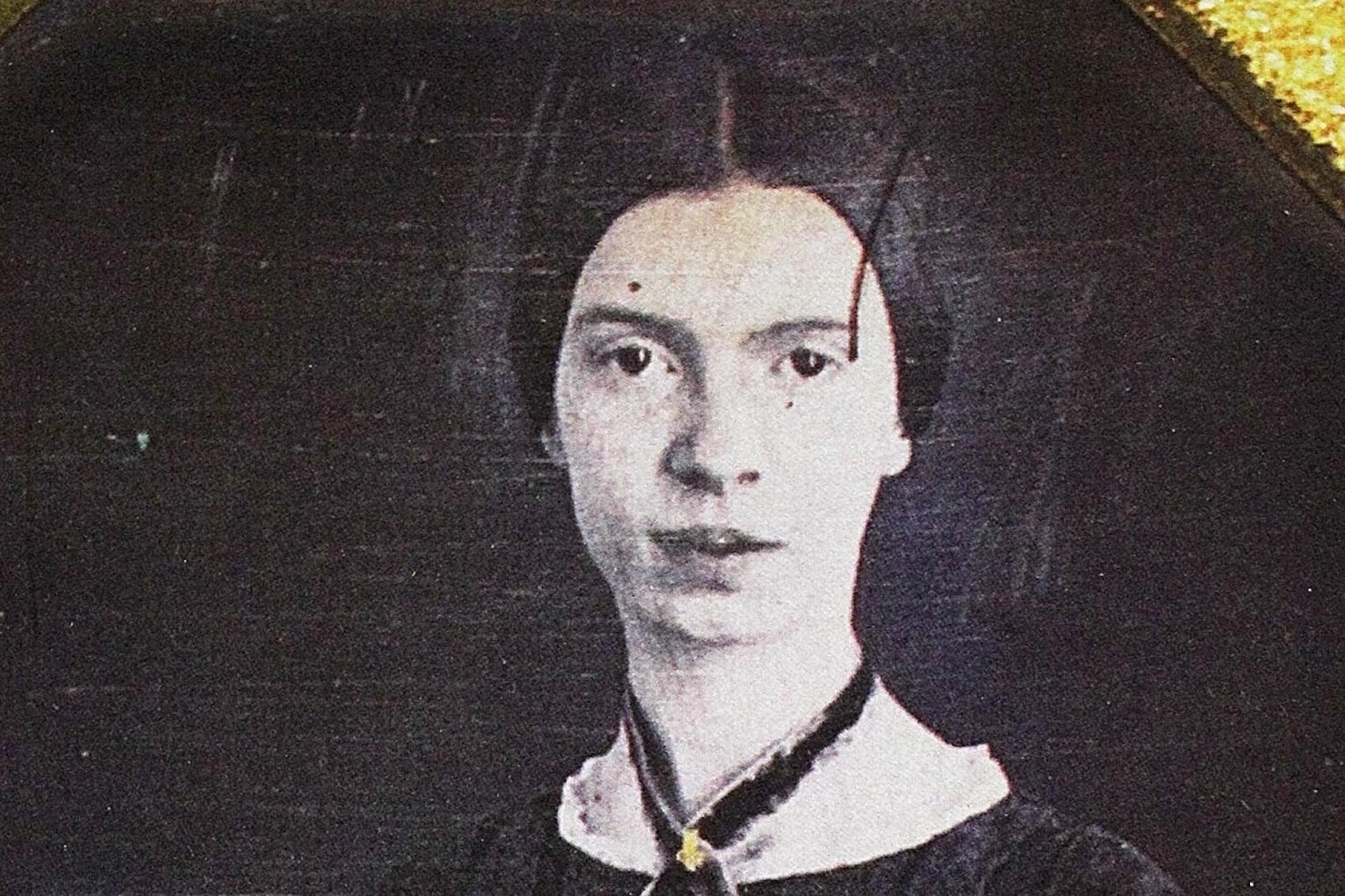Female Supremacy in literary fields
The most renowned female authors in the world include Jane Austen, Emily Bronte and Emily Dickinson.
Jane Austen was an English novelist known mainly for her six novels. The themes of her novels mainly deal with the English landed gentry at the end of the eighteenth century, primarily criticizing and interpreting it. Pride and Prejudice is her most renowned work. The novel is sharply female centric. The female protagonists are three sisters belonging to an aristocratic family in England, with the added pressure of marriage. During the contemporary times, women belonging to noble families were expected to settle down after turning of age. The different perspectives of the three sisters regarding marriage shape how the women were conditioned to think, and how a few of them rebelled against the already pre-established notions. Elizabeth Bennet, the middle sister, is highly skeptical of marriage and rejects the advances of Mr. Collins, a distant cousin of hers. However, her relationship with Mr. Darcy, an eligible bachelor who is a grim personality gets quite rocky. The main factor which attracts the reader’s attention towards the novel is the impeccable manner in which Austen criticizes the so-called institution of the society. Marriage is a trade between two families, especially during those times between two respective aristocratic families. The criticism is highly countered with the fairy tale ending each sister gets, except the youngest one. Her marriage seems like a wrong decision, made out of sheer naivety. The depth of layers inside every character’s psyche makes the novel even more intriguing. The complexity of the intense, passionate relationship between Mr. Darcy and Elizabeth Bennet explores the deep themes of how a person develops affection for the other. The narrative almost drives into the heart of a woman. Epistolary novels are written in the pattern of a letter, and her book Lady Susan is a primary example of this.
Emily Bronte (1818-1848) was an English writer, one of the pioneer female authors during the eighteenth and late eighteenth century. She is best known for her 1847 novel, Wuthering Heights. Wuthering Heights deals with themes of obsession, forbidden passion, history and time etched in the heart of stone itself. The character of Heathcliff represents the peak of obsession and forbidden romance, which ultimately leads to madness, fueled by jealousy and an eternal pining. The readers are absolutely at par with Mr. Lockwood, a tenant who comes over to Thrushcross Grange, Yorkshire. The story is revealed at his behest, and thus a haunting tale of love is unveiled. Bronte makes clever use of an inanimate object as the central means of retelling past events. The ages old diary belonging to Catherine Earnshaw, the daughter of the former owners of the estate, tells a story which was already pre-destined to be doomed without fail.
The side character, Edgar eventually ends up marrying Catherine. She discards the idea of being united with Heathcliff in wedlock because of his eminently low social status. Heathcliff, heartbroken and jilted, vows revenge. The non- linear pathway that the narrative embarks upon adds to the attractive factors of the novel, thus making it more intriguing. Heathcliff’s return as a wealthy man in order to avenge his ladylove who rebuked his advances once upon a time. Catherine falls ill and dies abruptly. Her untimely demise leaves Heathcliff heartbroken and crestfallen to the core. The two star-crossed lovers get separated due to fate.
Emily Dickinson’s collection of letters hint at epistolary narrative being used to its fullest potential. Selected Letters by Emily Dickinson features letters written to her friends and family amidst a busy schedule , a piece of mundane life .






Comments
Post a Comment